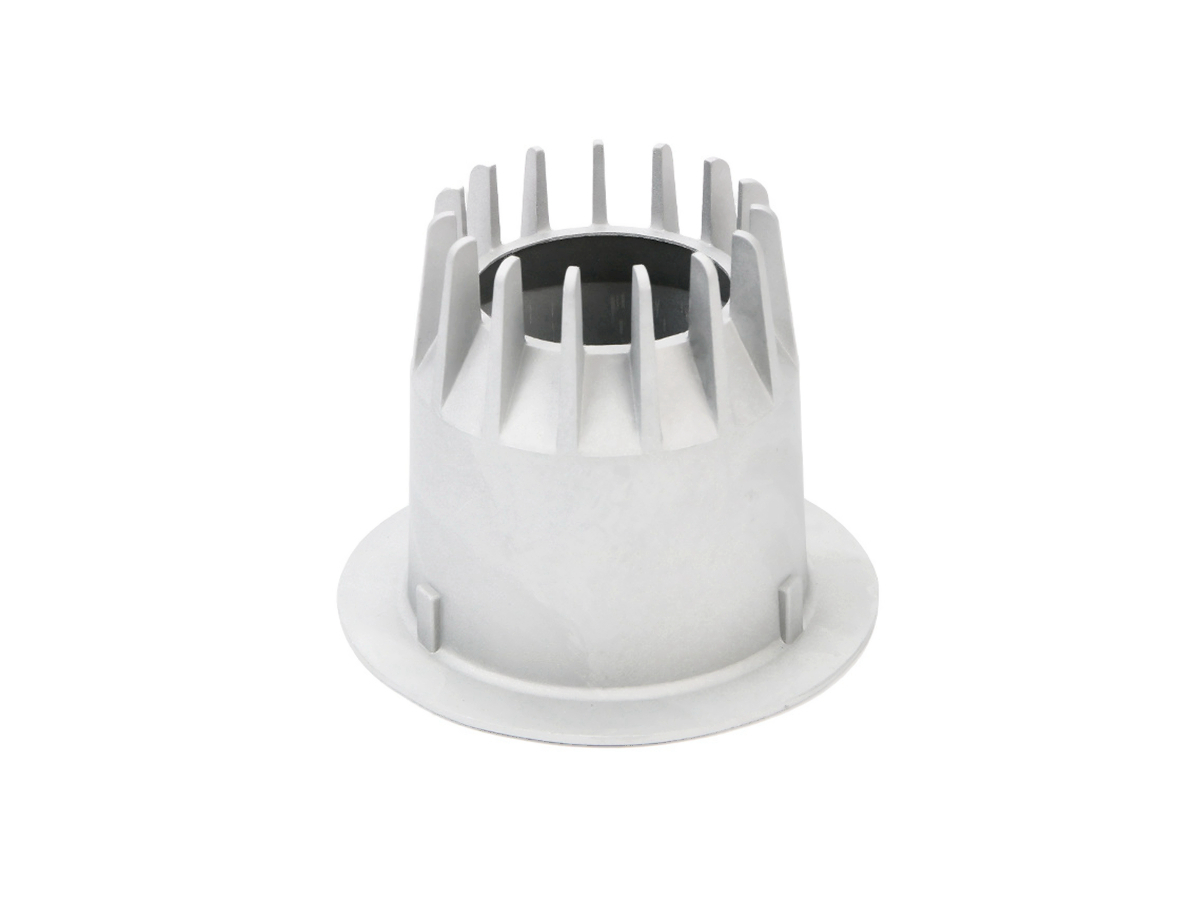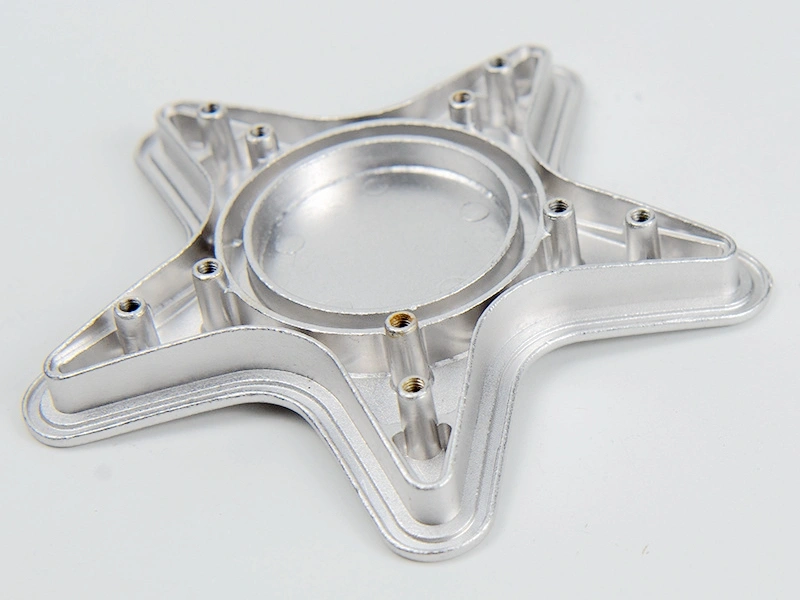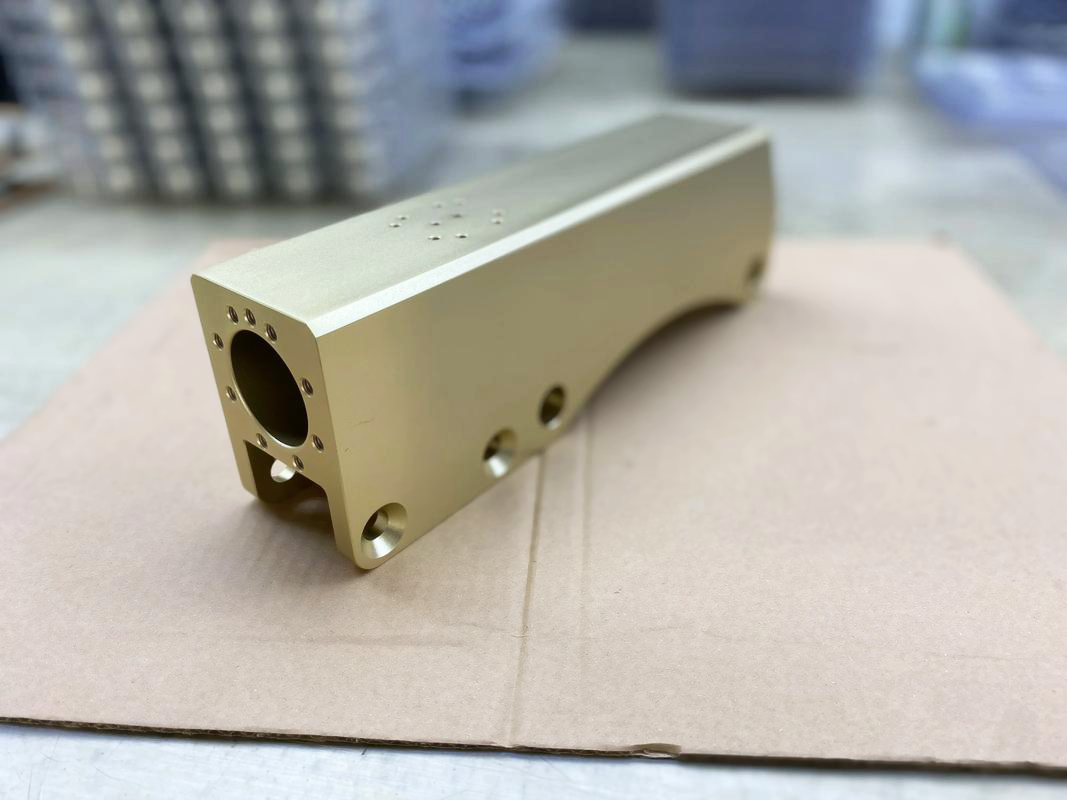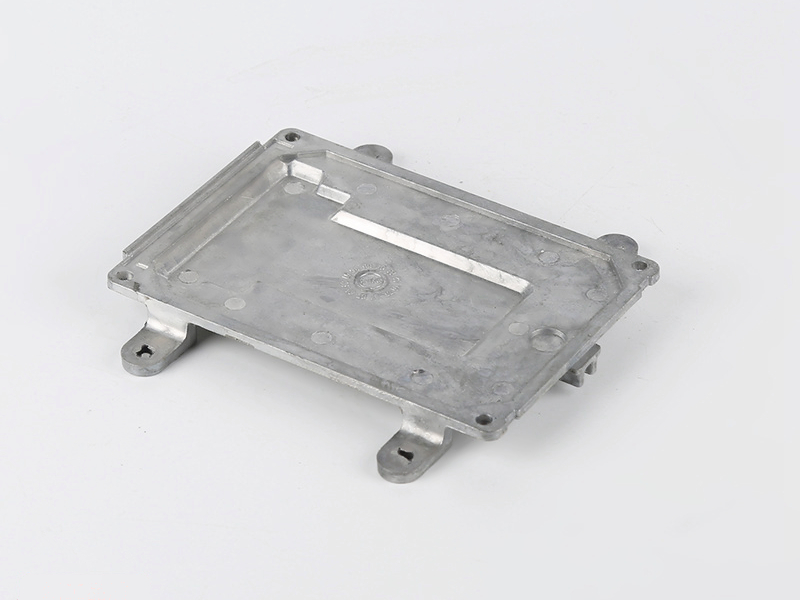Advanced Aluminum Die Casting for Energy-Efficient LED Lighting Fixtures
 As global demand for sustainable and energy-efficient lighting increases, LED technology has become the industry standard across commercial, residential, and industrial applications. A critical factor in LED lighting system performance is thermal management, ensuring that electronic components remain within optimal temperature ranges. Aluminum die casting provides a highly efficient, scalable solution for manufacturing LED housings and heat sinks that combine thermal performance, structural integrity, and aesthetic design.
As global demand for sustainable and energy-efficient lighting increases, LED technology has become the industry standard across commercial, residential, and industrial applications. A critical factor in LED lighting system performance is thermal management, ensuring that electronic components remain within optimal temperature ranges. Aluminum die casting provides a highly efficient, scalable solution for manufacturing LED housings and heat sinks that combine thermal performance, structural integrity, and aesthetic design.
At Neway, we specialize in custom aluminum die casting for LED lighting enclosures, reflectors, and heat-dissipating bodies. Our advanced casting solutions help lighting OEMs achieve product longevity, energy efficiency, and cost-effective manufacturing at scale.
Why Aluminum Die Casting Is Ideal for LED Lighting
LED fixtures require compact, thermally conductive, and durable housing structures that are also visually appealing. Aluminum die casting meets all of these requirements and enables high-volume production with consistent dimensional accuracy.
Key Performance Benefits
The thermal conductivity of common aluminum die casting alloys ranges from 120 to 160 W/m·K. Cast components can achieve general tolerances of ±0.05 mm and critical feature tolerances of ±0.02 mm. The typical 2.7 g/cm³ density enables lightweight construction, which is critical for suspended or portable fixtures. Aluminum die casting also supports fully integrated design features such as heat fins, sensor mounts, and electrical cable ports, with cycle times as low as 40 seconds per part.
These properties allow for efficient thermal performance, reduced weight, and high-quality surface finishes, supporting better heat dissipation and longer LED lifespan.
Common LED Lighting Applications
Aluminum die cast components are widely used across different LED lighting formats, from architectural fixtures to street lighting.
Lighting Category | Common Die Cast Components | Key Functional Requirements |
|---|---|---|
Street and Outdoor LED | Housing shells, heat sinks, mounting brackets | IP-rated sealing, heat dissipation, weather resistance |
Architectural Lighting | Enclosures, decorative bezels, reflectors | Fine surface finish, thin-wall sections, complex geometry |
Industrial LED Fixtures | High-wattage housings, lens frames, PCB carriers | Structural stability, passive cooling, corrosion protection |
Automotive LED Modules | Fog lamp bodies, light bar housings | Vibration resistance, weight optimization, thermal balance |
Commercial Downlights | Reflectors, trim rings, backplates | Visual consistency, dimensional tolerance, coating adhesion |
Aluminum Alloys for LED Housing and Heat Dissipation
Neway uses high-quality aluminum alloys that combine castability, mechanical strength, and thermal conductivity. These materials meet or exceed ASTM B85 and ISO 3522 standards.
Alloy | Density (g/cm³) | Thermal Conductivity (W/m·K) | Tensile Strength (MPa) | Application Suitability |
|---|---|---|---|---|
A380 | 2.74 | ~105 | ~317 | General-purpose LED housings, frames |
A360 | 2.65 | ~130 | ~290 | Outdoor and automotive fixtures requiring corrosion resistance |
AlSi12 | 2.66 | ~140–160 | 250–280 | Thin-walled LED heat sinks, aesthetic housing parts |
AlSi12 is especially favored for complex, finned geometries that demand high fluidity and excellent heat transfer capabilities.
Design Capabilities and Tolerances
Aluminum die casting supports detailed designs and complex shapes without requiring multiple-part assembly.
Fin features can be cast with thicknesses as low as 1.0 mm and spacing of 1.5 mm to promote airflow. Base flatness is maintained within 0.08 mm over areas up to 200 mm. Our die systems ensure cavity precision to ±0.02 mm for components such as lens seats and PCB supports. Surface roughness as low as Ra 2.0 µm is achieved through tumbling or sand blasting.
We offer Design for Manufacturability (DFM) services to help optimize each design for mold performance, cooling, and production cost.
Post-Processing and Finishing
LED lighting components require consistent surface finishes for thermal, optical, and protective functions. Neway provides complete post-processing capabilities:
CNC machining: ±0.01 mm for interfaces and threaded inserts
Anodizing: improves corrosion resistance and enhances radiation efficiency
Powder coating: 60–100 µm thickness, available in custom RAL color sets
Painting: for decorative lighting in indoor and architectural environments
Assembly: for lenses, reflectors, and housing closures
Our finishes comply with ISO 2409 for adhesion and ISO 9227 for corrosion resistance.
Tooling and Production Scalability
Neway’s in-house tool and die making supports rapid prototyping and full-scale production.
Tooling uses H13 tool steel, ensuring a long die life of 75,000 to 150,000 cycles. Tooling lead times are typically 3–5 weeks. Part cycle times range from 30 to 60 seconds, depending on complexity. We support low-volume manufacturing for new product launches and mass production for commercial-scale programs.
Rapid prototyping options include soft tooling and hybrid metal-resin dies.
Case Study: LED High-Bay Fixture Housing
A commercial lighting customer required a 200-watt LED high-bay housing for industrial use with the following criteria:
Weight < 1.8 kg
Heat sink flatness tolerance: ≤ 0.05 mm
Finish: matte black powder coat with gloss < 15%
Passive cooling to keep core temperature < 85°C at 50°C ambient
IP65 sealing standard for warehouse environments
Neway used AlSi12 alloy and a radial fin design, optimizing die cooling and post-casting CNC machining to achieve tight flatness. Thermal testing confirmed 12% better dissipation compared to extruded parts, and the product met IEC 60529 and UL 1598 compliance.
Why Lighting OEMs Choose Neway
Neway provides vertically integrated manufacturing for LED lighting systems, including:
Expert thermal simulation and structural consultation
In-house casting, machining, finishing, and assembly
ISO 9001:2015-certified quality with full traceability
End-to-end documentation for lighting safety and regulatory standards
Global logistics and packaging solutions for fixture deployment
From lighting poles to architectural wall washers, we provide reliable and consistent parts tailored to your performance and design needs.
Conclusion
Aluminum die casting is a proven manufacturing process for creating energy-efficient, thermally optimized, and visually refined components for LED lighting systems. Its ability to deliver intricate features, rapid production, and outstanding durability make it ideal for the fast-evolving lighting industry. At Neway, we offer engineering support and production capacity to take your lighting product from concept to market quickly and cost-effectively.
To request a quote or learn more, contact Neway today.
FAQs
What aluminum alloys are most effective for LED lighting applications?
How does die casting improve thermal management in LED systems?
Can die cast housings meet IP65 or higher ingress protection standards?
What finishing options are available for decorative lighting components?
What is the typical lead time for LED lighting prototype development?



